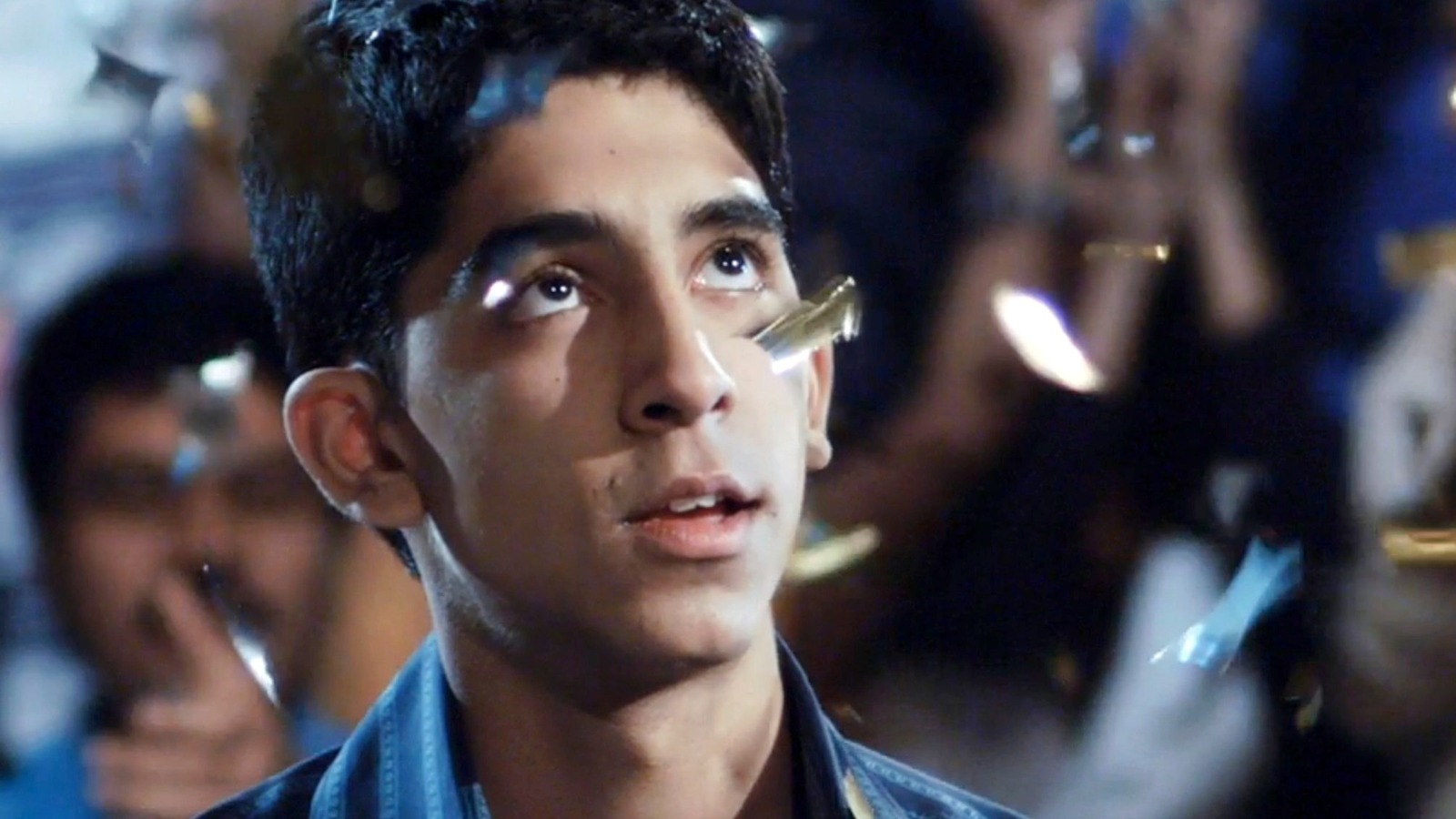
How the 2009 Oscars Changed the Best Picture Race Forever
“The Dark Knight” was not the only film that prompted the change in nomination rules. Another incredibly popular film from a big studio was also left on the chopping block: Andrew Stanton’s masterpiece “WALL-E.” In terms of quality, I would argue this should have made the list over “The Dark Knight,” but in reality, this was always a bit of a pipe dream whether people want to admit it or not. Yes, it broke out of the Best Animated Feature box and earned a total of six nominations, including Best Original Screenplay and Best Original Score, but there was almost no indication through that entire season “WALL-E” was bound to make the five, even if it deserved it.
The film I believe was duking it out with “The Dark Knight” for sixth place was actually “Doubt.” This was a film that scored a whopping four Oscar nominations for acting and somehow missed out on a Best Picture nomination. In the history of the Oscars, 40 movies have managed to rack up at least four acting nominees, and only five failed to snag a place in the top category. “Doubt” was the first one in 43 years, and it hasn’t happened since. It’s honestly shocking to look back and see those nominations, along with one for Best Adapted Screenplay, and not see it in Best Picture.
Other films on the outside looking in were Darren Aronofsky’s “The Wrestler,” Clint Eastwood’s “Changeling,” and Sam Mendes’ “Revolutionary Road,” which found itself at an impasse with Kate Winslet’s other film that year, “The Reader.” Now, eagle-eyed readers may have noticed that in this piece so far I have listed 11 major contenders. It makes things a whole lot easier if those 11 could fill 10 slots instead of five.
